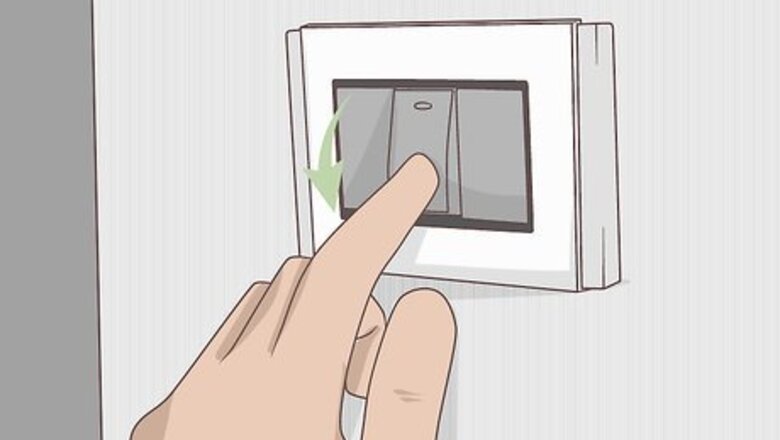
views
Handling an Active Migraine
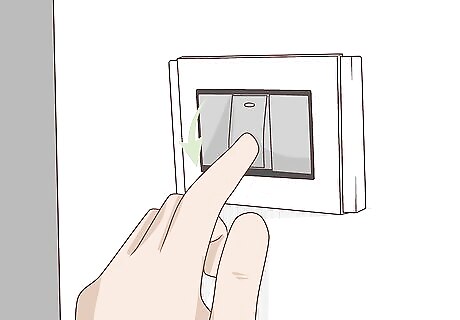
Turn all of the lights off and close the blinds to reduce the pain. If you have a migraine or feel one coming on, shut off all of the lights in the room and close the blinds. Migraines are usually exacerbated by bright light, so limiting the amount of light in the room is the first step towards relieving symptoms. In some cases, you may be able to stop a migraine in its tracks just by making the room dark. Avoid bright screens from your computer, phone, or television. These lights are often worse than overhead lights or natural light when it comes to headaches. If you’re at work or school and you can’t control the light in the room, throw on a pair of sunglasses.
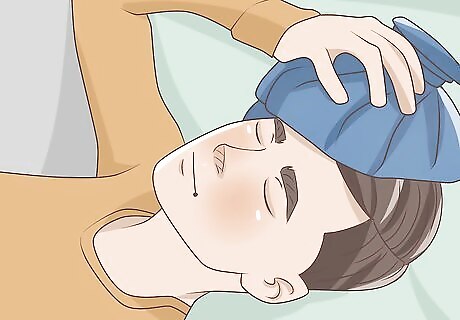
Put a hot or cold compress on your forehead to relieve tension. Grab an ice pack, bag of ice, or heat pad and let it rest against your forehead. Leave it against your head for 10-15 minutes before taking a 5-10 minute break. Repeat this process as needed until you feel your symptoms getting better.Tip: Whether you use heat or cold to relieve your pain is entirely a matter of personal preference, but most people seem to prefer the cold for migraines. If you’re using an ice pack, wrap it in a dry, clean towel before putting it against your forehead.
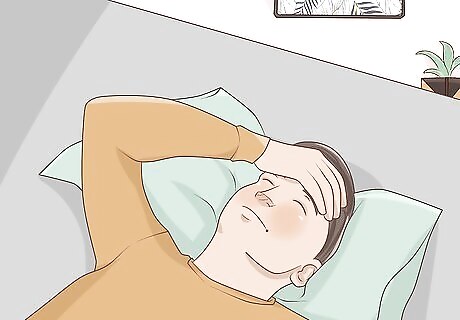
Lie down and relax in the dark until the pain recedes. Find a comfy couch, lean back in a recliner, or lie down in bed. Prop your head up with a comfortable pillow. Find a positions where your back is relaxed. Focus on your breathing and wait for your symptoms to recede. For many people, symptoms will recede after a while if they’re lying down in the dark with a hot or cold compress on their forehead. Even if it’s really rough right now, just know that the pain will go away soon. It may take a few hours for your pain to recede, or it may only be a few minutes. It really differs from migraine to migraine. Most people have had a migraine at some point in their life. If you need to call off work or cancel an appointment, don’t worry—people will understand what you’re going through.
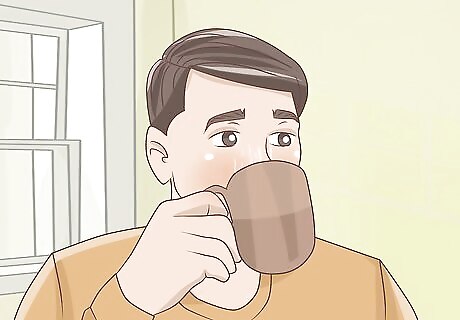
Drink a small coffee or hot tea if you need immediate relief. While it’s not the best solution for everyone, drinking a small caffeinated beverage may provide some quick relief. Brew a fresh cup of coffee or make a cup of tea and sip it slowly over the course of 10-15 minutes. In many cases, a little caffeine will soothe some of the symptoms from a migraine. If you’re a tea person, ginger tea may be a particularly good choice for your migraine. If you’re actively trying to avoid medications or drugs, take solace in the fact that caffeine is a naturally-occurring substance in tea and coffee.
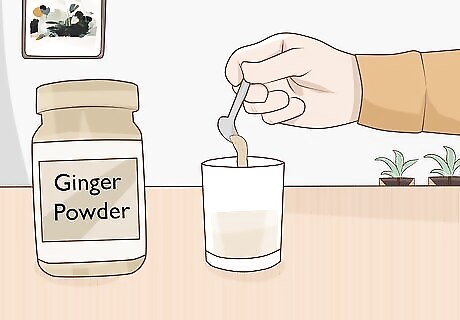
Mix some ginger into a small cup of water and drink it to curb symptoms. Measure out ⁄8 teaspoon (0.62 mL) of ginger power and pour it into 1 cup (240 mL) of cold or hot water. Mix the ginger into the water and drink the solution. Ginger has been proven to help treat nausea, and there is some evidence that it will help with migraines as well. Drinking ginger tea may work as well, although most scientific studies have looked at ginger powder as the main way to limit symptoms from migraines.
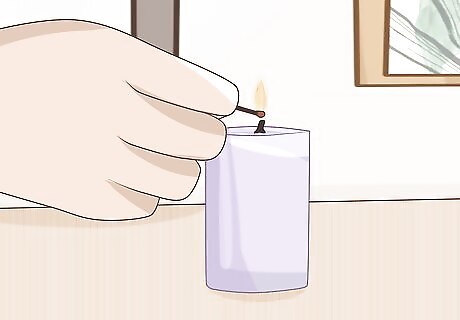
Diffuse some lavender oil or light a lavender candle to relax. Some studies suggest that the smell of lavender can relieve migraine symptoms. Although it isn’t a miracle cure, it may make it easier for your body to relax while experiencing pain, which can reduce your symptoms. Light a lavender incense, diffuse some lavender oil, or light a lavender candle to improve the aroma in your environment. Lavender isn’t a replacement for medication or medical advice. It’s not like the scent of lavender will automatically cure your headache. For some people, they won’t experience any effect at all. The more comfortable your environment is, the more comfortable you will be! Whatever you do to relax at home or at work, do it. Your migraine will be more likely to go away if you treat yourself a little.
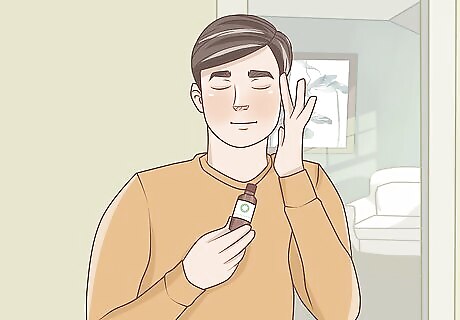
Rub some diluted peppermint oil into your temple to soothe your head. Mix 1-part peppermint oil extract with 9-parts water or olive oil. Then, use a clean rag to rub a little bit of the peppermint oil solution into your temples. You can apply it to your forehead as well if you’d like. This should provide some immediate relief and make it a little easier to relax. This may not be the best option for you if you’re not fond of mint. Never apply undiluted essential oils to your skin. It is more likely to irritate your skin than actually help you feel better.
Preventing Future Migraines

Eat 3 meals at roughly the same time every day. Skipping meals can trigger migraine symptoms in many individuals. Make sure you eat 3 meals each day to avoid a hunger-induced headache. Carry around healthy snacks, such as fresh fruit, vegetables, and nuts, in case you get hungry throughout the day. If your stomach is full, you’re less likely to get the hunger pains that can trigger a headache. Some people believe that certain foods, like chocolate or beans, can trigger migraines. However, there is no scientific evidence that specific foods trigger headaches.
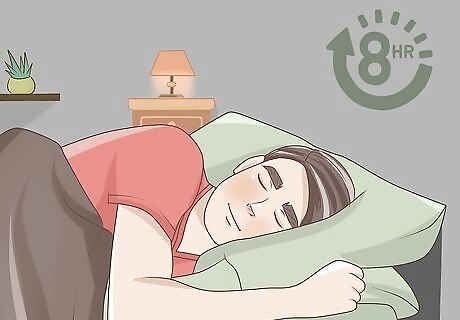
Get at least 8 hours of sleep to prevent fatigue-induced migraines. One common cause of migraines is inadequate sleep. How much sleep you need depends your age and your activity level, but most people require at least 8 hours of sleep every night. Talk to your doctor if you're struggling to get enough sleep or find yourself waking up in the middle of the night.Warning: If you tend to wake up with migraines, you may have a sleep-related medical issue triggering the migraines. Talk to your doctor about having a sleep study done to see if you have sleep apnea or some other sleep disturbance.
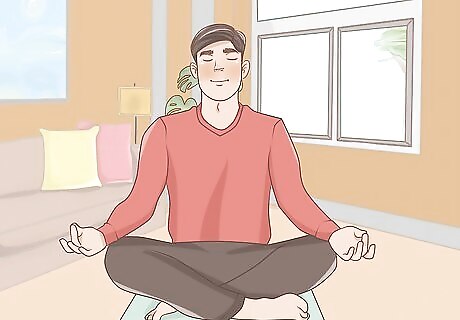
Practice yoga every day to exercise and relax. Common migraine triggers include stress and a lack of physical activity. Yoga has been shown to relieve stress, and it’s a great way to work up a sweat without breaking out any exercise equipment. Do at least 15 minutes of yoga every day to reduce the odds that you experience migraines. Yoga is also just generally good for you! With regular yoga, you’ll feel better, be more alert, and be more flexible. You can either practice yoga in your home or at a local yoga studio. Some studios even offer yoga therapy, which teaches poses and breathing exercises that can relieve pain. For some people, exercise is actually a trigger for migraines. If this is an issue for you, talk to your doctor about exercise-induced migraines.
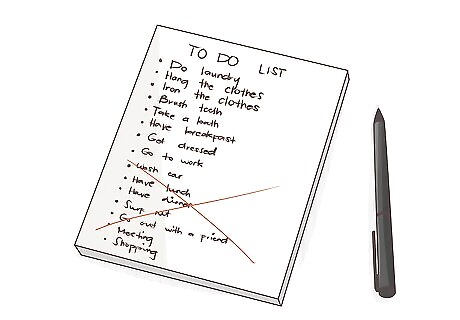
Cut back on the number of daily tasks and activities to reduce stress. Another common cause of migraines is emotional stress. If you're trying to squeeze too many activities into your day, you might be setting yourself up for a migraine. Try cutting down on the number of daily activities to give yourself a little downtime. Don't try to cram too much into a single day. If you have a lot going on with work or school, take frequent breaks to avoid wearing yourself out. A simple 5- to 10-minute walk is a great way to relax during a busy day.
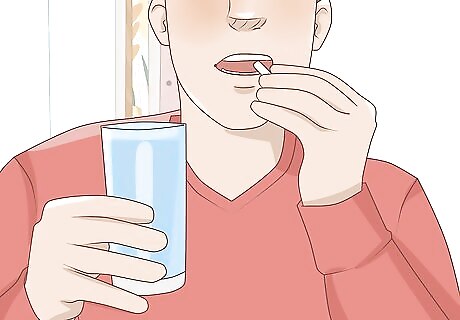
Take magnesium, vitamin B, and riboflavin to reduce symptoms over time. Find a daily multivitamin that contains magnesium, a variety of B vitamins, and riboflavin. Take the multivitamin every day for at least 3 months to minimize the odds that you get a migraine. There are several scientific studies that show these vitamins reduce the frequency of headaches, but only if you’re taking the vitamin daily. Talk to your doctor before beginning a vitamin regimen. Vitamins may not be the best choice for you depending on your medical history, and there’s no replacement for direction from a medical professional.
When to Seek Medical Treatment
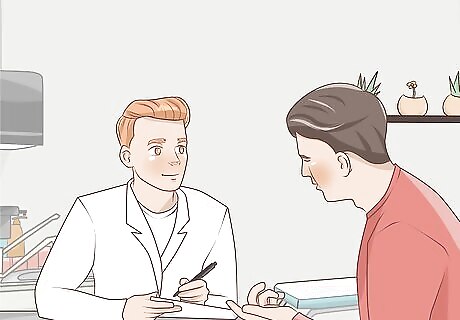
See a doctor if you're not sure you're having migraines. If you've never had a migraine before, it's a good idea to see your doctor to get a definite diagnosis. Some migraine symptoms can be similar to the symptoms of other conditions, such as cluster headaches or a stroke. Your doctor can help determine what the problem is and work with you to develop an appropriate treatment plan. Common migraine symptoms include throbbing or pulsing pain on one or both sides of the head, sensitivity to light and sound, and nausea or vomiting. Some people may also have visual symptoms, such as seeing spots of light or moving patterns. Other symptoms include hearing noises, twitching, having difficulty speaking, feeling weakness, and numbness in the face.
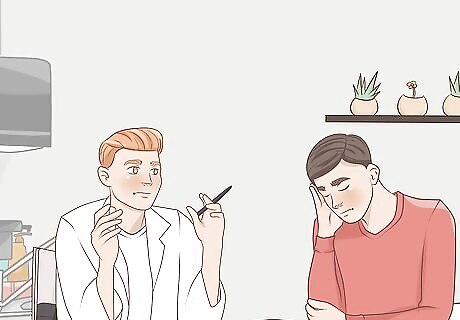
Visit your doctor if you can't manage your migraines with home care. If your migraines are severe or frequent enough to disrupt your daily life and natural remedies aren’t helping, talk to your doctor. They may recommend taking prescription medications to prevent your migraines or relieve your symptoms more effectively. See your doctor if you have a migraine more than once a week on average. You should also seek medical attention if you're taking pain medication more than 2 times a week for migraines, or if the pain medications you have don't help.
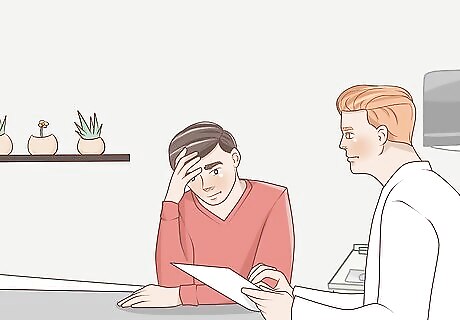
Make an appointment if your symptoms change or get worse. Even if you have a history of migraines or other types of headaches, visit your doctor if you develop new headache symptoms. They can examine you to determine what might have changed. They might also recommend adjusting your treatment plan. Let your doctor know if your headaches get worse, change in frequency, or feel different from previous headaches.
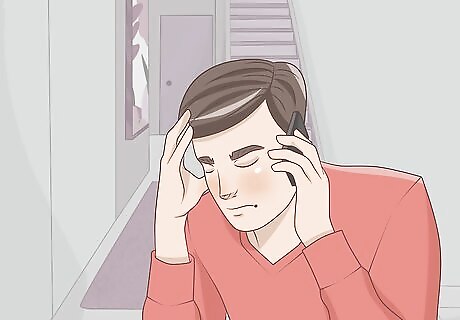
Seek emergency treatment for severe headache symptoms. Certain symptoms that accompany a migraine can be a sign of a serious underlying problem. Do not hesitate to contact your doctor or call emergency services if you experience a problematic symptom. Go to the emergency room or call emergency services if: You experience a very severe headache that comes on suddenly (called a “thunderclap headache”). You have a stiff neck, fever, confusion, difficulty speaking, double vision, numbness, or weakness accompanying your headache. You have a persistent headache that gets worse when you cough, exert yourself, or move suddenly. You develop a headache after a head injury. You develop any new headache symptoms or patterns after age 50.














Comments
0 comment